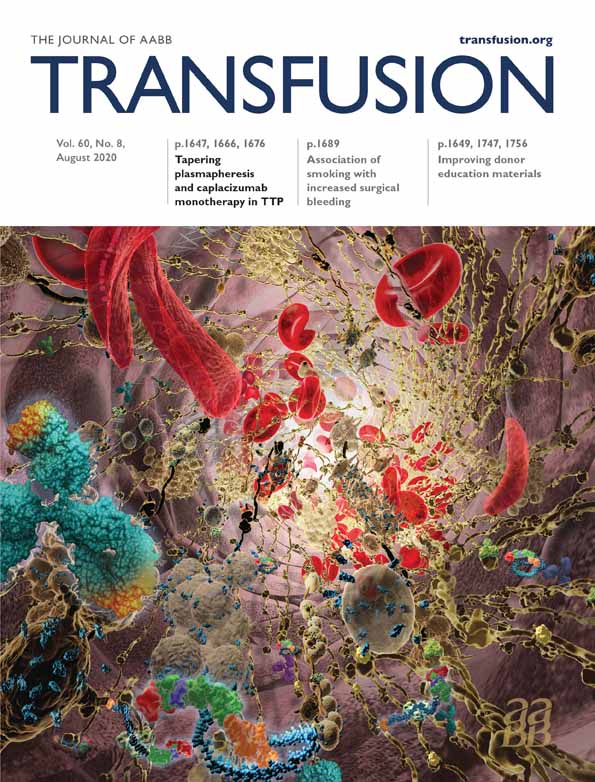Optimizing blood bank resources when implementing a low-titer group O+ whole blood program: an in silico study
Funding information: No funding was obtained to conduct this study.
ABSTRACT
INTRODUCTION
Low-titer group O+ whole blood (LTOWB) is becoming commonly used in massive bleeding resuscitation, but the impact on blood center O+ RBCs has not been studied. This in silico model simulated a variety of different LTOWB production and utilization patterns.
METHODS
Collections and distributions data from a large blood collector were scaled to vary the total number of O+ red blood cell (RBC) collections, the O+ RBC collection: import ratio, and the O+ RBC apheresis: whole blood (WB) collection ratio. Daily LTOWB demand was determined by the daily number of LTOWB recipients, average number of LTOWB units transfused per patient, maximum number of LTOWB units a single patient can receive, and seasonality of LTOWB use. LTOWB program factors included the high-titer exclusion %, the LTOWB expiry, and whether LTOWB units were reclaimed as O+ RBC units on the date of expiry. Simulations using unique combinations of the above input parameters were performed.
RESULTS
For the 1,224,720 unique combinations of input parameters simulated, the average increase in the fraction of additional O+ RBC units required to meet hospital demand was only 0.02%. Higher daily LTOWB demand resulted in more LTOWB shortages. Increasing the minimum LTOWB inventory threshold reduced LTOWB shortages without increasing the number of required additional RBC units. LTOWB wastage was minimal but was lower with longer LTOWB shelf life or manufacture of RBC units from unused LTOWB on Day 14.
CONCLUSION
Implementing an LTOWB program does not have a major impact on the blood collectors' needs for additional RBC units to meet hospital demands.
CONFLICT OF INTEREST
The authors have disclosed no conflicts of interest.




